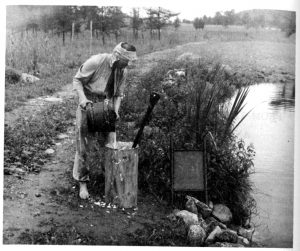Syllabi and Stationery
During the past week, I have been preparing two important components for a successful Fall semester: syllabi and stationery. While anyone involved in higher education is aware of the importance of well-written syllabi, I believe most of my colleagues would wonder why I consider stationery such a vital pedagogical component for student success.
A few years ago, I realized that, by sending short notes, I could easily acknowledge the daily contributions students make.
Dear Student:
Thank you for volunteering to go first during today’s short presentations. I know how difficult it is to be the first one to present and I appreciate that you started us off in such a good way.
The student receives the note a few days later and is thrilled that their contribution was recognized.
Or, I might write:
Dear Student:
Thank you for providing such a good example during today’s discussion. Your contribution made the content clearer for your colleagues than my own explanation.
Similar notes might be written when a student volunteers to share a video, helps colleagues in the library, or for many of the other seemingly small positive contributions that regularly take place in our classes.
These notes require stationery.
In today’s world, hand written correspondence is too often considered a thing of the past. Most of our students do not write or receive such notes. As a result, a note written on stationary—even if only one or two sentences—is something very special. It makes the student feel good and reinforces their positive contributions to the course. It also makes me feel good to write the notes which can also serve as a positive antidote on days when I have to deal with a less than stellar student.
Because of my background as an artist and photographer, it is easy for me to produce my own stationery. But it is not the handmade stationary that is important to the student. What is important is that I took the time to write the note; something I can do using inexpensive stationery purchased at the dollar store. If I wanted to, I could even scribble a quick note on a piece of college letterhead.
In many ways, if we are committed to student engagement, retention, and positive classroom interaction, the stationery is even more important than the syllabi.
- –Steven L. Berg, PhD

LEAVE A COMMENT